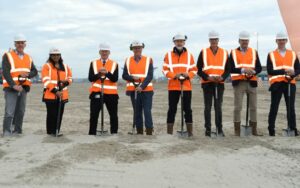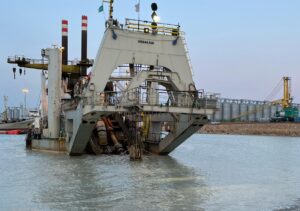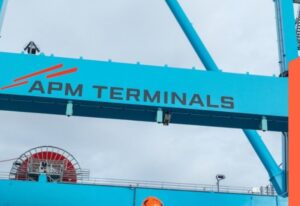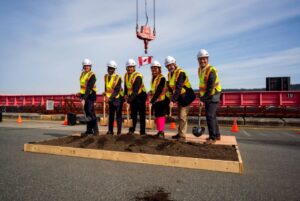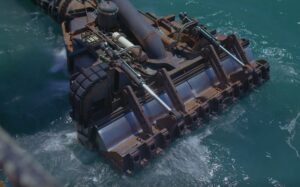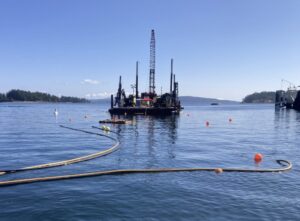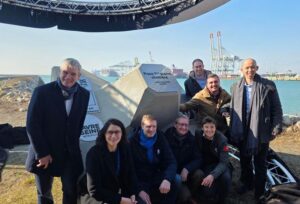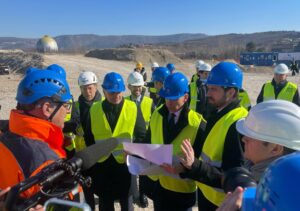APM Terminals Moin Gets Environmental License
The Secretaría Técnica Nacional Ambiental (SETENA), the official environmental agency of the government of Costa Rica, has granted approval to the APM Terminals Moin Container Terminal project.
This project is being developed under the auspices of the Junta de Administración Portuaria y de Desarrollo Económico de la Vertiente Atlántica de Costa Rica (JAPDEVA), the Board of Port Administration and Economic Development of Costa Rica’s Atlantic Coast.
The formal approval of the Environmental and Social Impact Assessment (ESIA) is another major milestone in the development of the new Terminal de Contenedores de Moín (TCM) project, for which a 33-year concession for the design, financing, construction, operation and maintenance of the facility was endorsed in 2012.
The first phase of development, originally scheduled for completion in 2016, calls for the access channel and turning‐basin to be dredged to 16 meters, a new 1.5 km breakwater to be constructed with a 40 hectare container yard, 600 meters of quay and 2 berths equipped with 6 post‐Panamax cranes.
Upon the completion of the final phase, the TCM will have an area of 80 hectares, with 1500 meters of quay, 5 berths, a 2.2 km breakwater and an access channel 18 meters deep, serving as a shipping hub for the Caribbean and Central America. The TCM project represents an overall investment of approximately USD $1 billion.
“APM Terminals is well aware of Costa Rica´s dedication to environmental protection, and consistent with our own corporate sustainability standards, we have complied with, or exceeded all environmental requirements, mindful of the local community in Limon and the people of Costa Rica,” stated APM Terminals Costa Rica Managing Director Captain Paul J. Gallie.
The Environmental License was issued yesterday and is valid for the life of the project. The Construction Start Order was also issued yesterday by the National Concession Council and states that construction must start within 30 days of January 19, 2015. The first steps in the construction phase will be the construction of a new breakwater, followed by dredging.
[mappress mapid=”19588″]
Press Release

